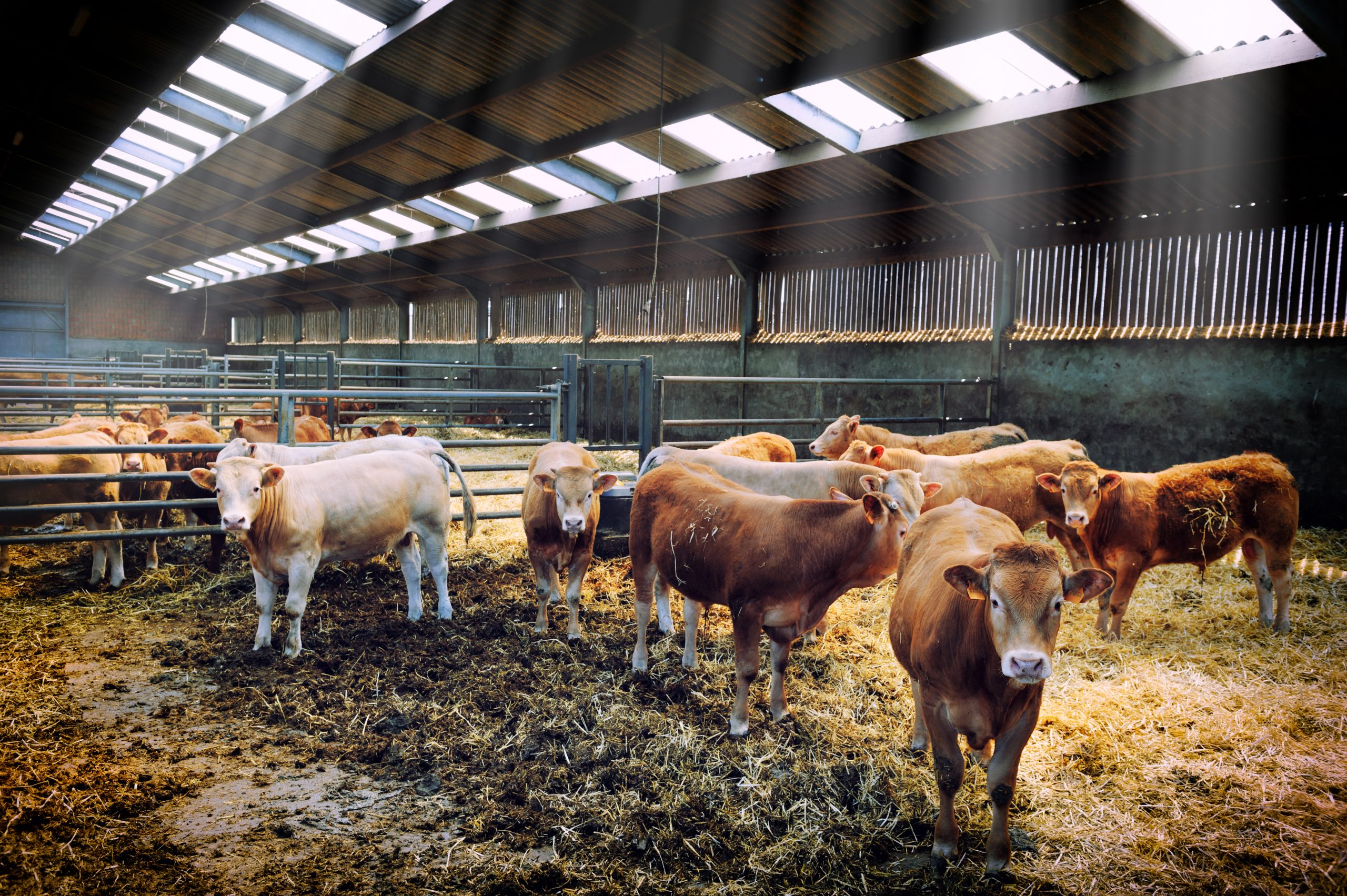
Stock grids or cattle guards are vital in managing livestock movement and ensuring road safety in rural areas. This article will explore the benefits of cattle grids for livestock management, shedding light on how these innovative structures make herd control more accessible and efficient. Also known as stock grids or cattle guards, these are grid-like structures placed across roads or entrances to prevent livestock, such as cattle, sheep, and horses, from crossing while allowing vehicles to pass freely.
Preventing Livestock Accidents
One of the primary benefits of these grids is their ability to prevent livestock-related accidents on roads. By serving as a physical barrier, they discourage animals from wandering onto roads, reducing the risk of collisions with vehicles. This not only protects the safety of motorists but also prevents injury or loss of livestock. Additionally, by creating a clear delineation between roadways and grazing areas, they help establish safe zones for livestock and drivers, minimising the potential for accidents caused by unexpected animal crossings.
Efficient Livestock Management
They streamline livestock management by providing a passive means of controlling herd movement. Unlike traditional gates or fences, which require manual operation, they operate automatically, allowing vehicles to pass without human intervention. This saves time and labour, especially in large herds or frequent vehicle traffic. Moreover, by eliminating the need for constant monitoring and adjustment of gates or barriers, farmers and ranchers can allocate their resources more efficiently, focusing on other aspects of livestock care and land management.
Cost-Effective Solution
In addition to their effectiveness in herd control, they offer a cost-effective solution for livestock management. While the initial installation may require an investment, they require minimal maintenance and have a long lifespan, making them a durable and economical choice for farmers and landowners. Compared to continuously repairing or replacing traditional fences, they provide long-term savings on maintenance costs. Furthermore, their durability and resistance to weathering and wear ensure that they remain practical barriers for years to come, further enhancing their cost-effectiveness over the long term.
Preserving Natural Landscapes
They contribute to preserving natural landscapes by minimising the need for extensive fencing. Unlike traditional fences, which can disrupt the visual continuity of rural environments, they blend seamlessly into the landscape, allowing for uninterrupted views and wildlife corridors. This helps maintain the aesthetic appeal of rural areas while promoting biodiversity and habitat connectivity. Additionally, by reducing the need for extensive fencing, these grids help to preserve natural habitats and ecosystems, allowing native flora and fauna to thrive undisturbed.
Enhancing Road Accessibility
Another advantage of these grids is their ability to improve road accessibility in rural areas. Eliminating the need for gates or barriers at road entrances ensures uninterrupted vehicle traffic flow, including emergency services and agricultural machinery. This enhances the efficiency of transportation networks in remote regions, facilitating economic development and connectivity. Additionally, by reducing the need for frequent stops and manual gate operation, these grids help to improve overall road safety and efficiency, benefiting local communities and travellers passing through rural areas.
Cattle grids offer numerous benefits for livestock management, road safety, and environmental conservation in rural areas. By preventing livestock accidents, streamlining herd control, and reducing maintenance costs, they provide an efficient and cost-effective solution for farmers, landowners, and transportation authorities. Their ability to preserve natural landscapes, enhance road accessibility, and adapt to different environments makes them crucial in promoting sustainable agriculture and rural development.


